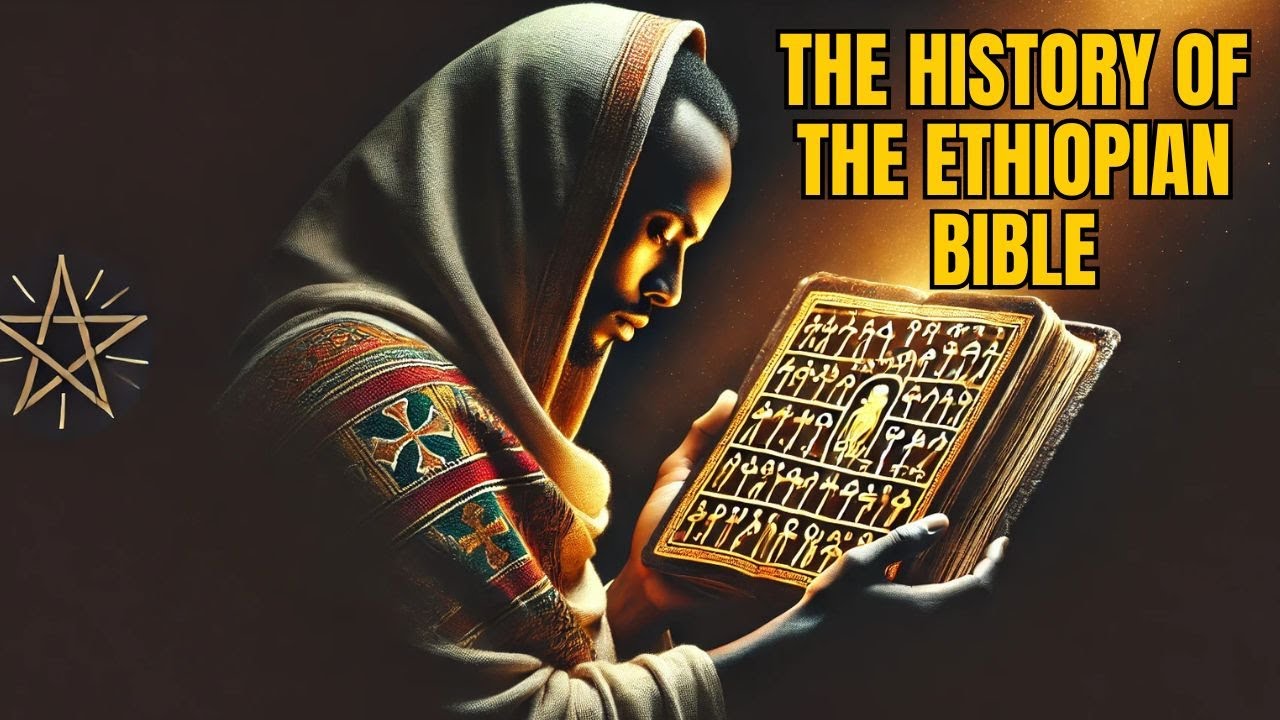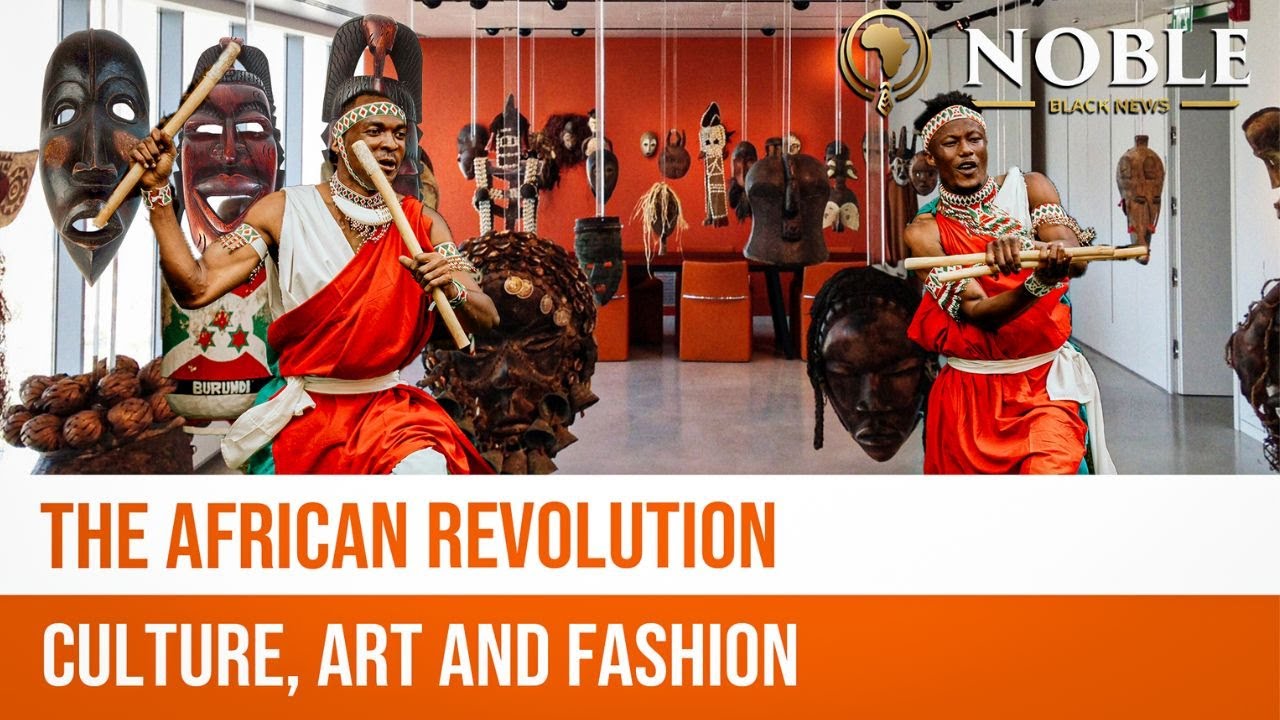
The Ethiopian Bible holds a unique and ancient position in the history of Christianity. Known as the Ge’ez Bible, it is the holy scripture of the Ethiopian Orthodox Tewahedo Church and is distinct from other Christian Bibles in several key ways, including its age, contents, and language.
Oldest Bible Canon: The Ethiopian Bible is considered one of the oldest complete Christian Bibles, predating many Western Christian Bibles. It contains more books than the standard Bible used in most Christian traditions, with 81 books in total, compared to the 66 books in the Protestant canon or the 73 books in the Catholic Bible. Its composition dates back to as early as the 4th century, though some sources believe elements of it were translated as early as the 1st century AD.
Unique Books: In addition to the books found in most Bibles, the Ethiopian Bible includes unique texts such as 1 Enoch, the Book of Jubilees, and other apocryphal works. These additional writings offer insight into Jewish and early Christian thought and were influential in the development of both Ethiopian Christianity and early Christian theology.
Language: The Ethiopian Bible is written in Ge’ez, an ancient South Semitic language that was once the common language of Ethiopia and Eritrea. Although no longer spoken, Ge’ez remains the liturgical language of the Ethiopian Orthodox Church.
Early Christianity in Ethiopia: Christianity arrived in Ethiopia around the 4th century during the reign of King Ezana of Aksum, who adopted Christianity and established it as the state religion. The translation of the Bible into Ge’ez occurred shortly after, solidifying Ethiopia’s unique Christian heritage. According to tradition, Frumentius, a Christian missionary who later became the first bishop of Ethiopia, played a pivotal role in the early spread of the religion in the region.
Connection to Judaism and the Ark of the Covenant: Ethiopian tradition holds that the country’s royal family descends from the biblical King Solomon and the Queen of Sheba, and many Ethiopians believe that they are the guardians of the Ark of the Covenant, which is said to be housed in the Church of St. Mary of Zion in Aksum. This rich connection to biblical history is reflected in the Ethiopian Bible, which contains numerous references to Old Testament traditions.
Cultural and Religious Importance: The Ethiopian Bible is not just a religious text; it is deeply embedded in the culture and national identity of Ethiopia. The Ethiopian Orthodox Tewahedo Church considers it a divine guide for life, and it plays a central role in the church’s liturgical practices, religious art, and monastic traditions.
The Ethiopian Bible represents a rich blend of early Christian, Jewish, and Ethiopian traditions, making it a remarkable and distinctive element of the global Christian heritage.
#EthiopianBible
#blackhistory
#AncientScriptures
#Ge’ez
#ChristianHistory
#EthiopianOrthodox
#SacredText
#CulturalHeritage
#ReligiousStudies
#BiblicalHistory
#AfricanChristianity
#theology
#nobleblacknews
#documentary
#worldnews
#breakingnews
#ethiopianculture
#blackculture
source


 Nelson Mandela: The Man Who Changed South Africa Forever From prisoner to president, Nelson Mandela’s journey is one of the most powerful stories of resistance, forgiveness, and leadership in…
Nelson Mandela: The Man Who Changed South Africa Forever From prisoner to president, Nelson Mandela’s journey is one of the most powerful stories of resistance, forgiveness, and leadership in…
 Robert Mugabe Explained: Rise, Power & Fall of a Revolutionary Icon Who was Robert Mugabe — freedom fighter or dictator? This documentary-style video traces the dramatic life of Zimbabwe’s…
Robert Mugabe Explained: Rise, Power & Fall of a Revolutionary Icon Who was Robert Mugabe — freedom fighter or dictator? This documentary-style video traces the dramatic life of Zimbabwe’s…








